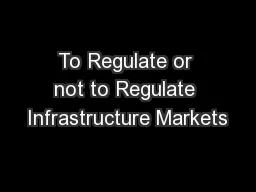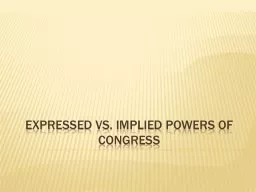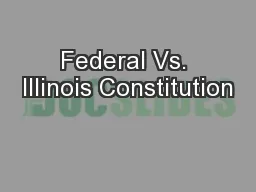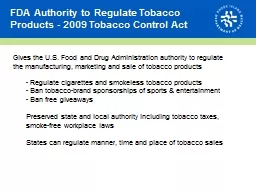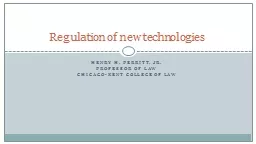PPT-To Regulate or not to Regulate Infrastructure Markets
Author : myesha-ticknor | Published Date : 2017-06-10
Abdul Musoke amp Mbaga Tuzinde Uganda Communications Commission The African Infrastructure Journey Network infrastructure portfolio has traditionally been a key
Presentation Embed Code
Download Presentation
Download Presentation The PPT/PDF document "To Regulate or not to Regulate Infrastru..." is the property of its rightful owner. Permission is granted to download and print the materials on this website for personal, non-commercial use only, and to display it on your personal computer provided you do not modify the materials and that you retain all copyright notices contained in the materials. By downloading content from our website, you accept the terms of this agreement.
To Regulate or not to Regulate Infrastructure Markets: Transcript
Download Rules Of Document
"To Regulate or not to Regulate Infrastructure Markets"The content belongs to its owner. You may download and print it for personal use, without modification, and keep all copyright notices. By downloading, you agree to these terms.
Related Documents

